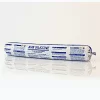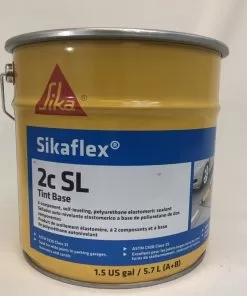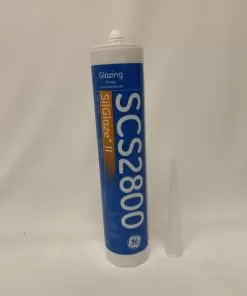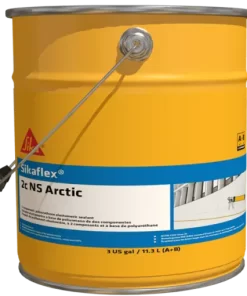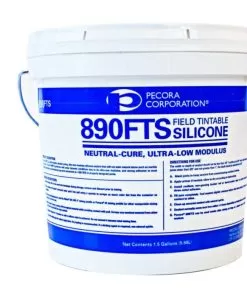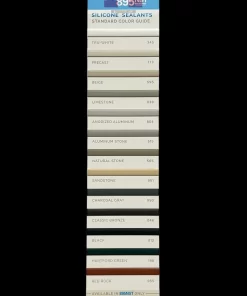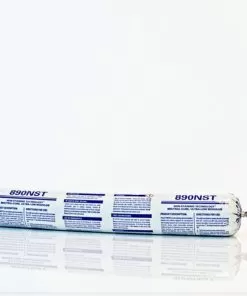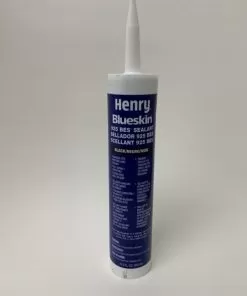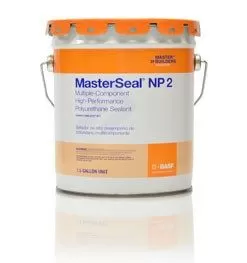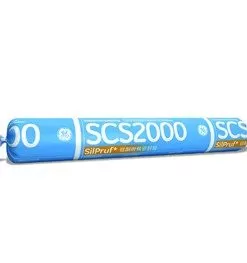GE SSG4000 UltraGlaze: Structural Glazing Adhesive 10.1oz Tube
$11.50
GE SSG4000 UltraGlaze silicone is a one-component high-strength neutral cure elastomeric adhesive sealant tested for structurally glazed curtain wall applications. The material is supplied as a paste, which cures into durable and flexible silicone rubber upon exposure to atmospheric moisture.
SEE SSG 4000AC SAUSAGE FOR FRESH MATERIAL. GE HAS NO MANUFACTURE DATE FOR TUBES
Out of stock
GE SSG4000 UltraGlaze Key Features and Benefits
- Primerless adhesion—Direct bonds to most conventional substrates and finishes including: glass, glass coatings, ceramic frits, fluropolymer and powder coated paints, conversion-coated and anodized aluminum.
- High tensile strength—Can increase safety factors in SSG designs.
- High tear strength—Useful in Protective Glazing applications.
Basic Uses
- GE SSG4000 UltraGlaze structural glazing adhesive may be an excellent material of choice for use in structural glazing applications such as a factory glazing of unitized curtainwall system or in field constructed stink curtainwall systems.
- Can be used as a weatherseal product, when movement expected in the joint dos not exceed its movement capability (+25%)
- GE SSG4000 UltraGlaze structural glazing adhesive has been validated in designs as an appropriate candidate for consideration for use in protective glazing applications.
- Useful in panel stiffener applications.
Typical Performance Properties
- Silicone Durability- exhibits excellent long term resistance to ultraviolet radiation, high and low temperatures, rain, snow and natural weathering with negligible change in elasticity.
- Stable Consistency (uncured state)- Supplied as a lightweight paste the consistency of which remains relatively unchanged over a wide temperature range. The material will extrude easily from the cartridge or container and remains workable under almost any practical temperature without requiring heating (other sealant types can stiffen upon exposure to cooler conditions and require heating in order to dispense and work the material).
- Thermal stability (cured state) – once cured, the material remains flexible over a temperature range of -55°F (-48°C) to 250°F (121°C).
- Primerless adhesion- bonds to most conventional substrates and finishes including: glass, glass coatings, ceramic frits, fluropolymer and powder coated paints, conversion-coated and anodized aluminum. Some finishes may require a primer.
- Low sag or slump – which may be used for application to horizontal, vertical or overhead surfaces.
- High Tensile Strength- Increases safety factors in SSG designs.
- High Tear Strength- Useful in Protective Glazing applications.
- Extended Work Life- Allows the user sufficient time for tooling and placement.
- Compatible with these GE sealants insulating glass products: IGS3703, IGS3713-D1, IGS3729, IGS3723, IGS3733.
- Compatible with these GE sealants weatherproofing sealants: SCS2000, SCS2700, SCS9000, SCS2800 series.
- Compatible with these GE sealants SSG products: SSG4000AC structural glazing adhesive and SSG4800J, SCS2000, SSG4400 series.
- Non-corrosive cure byproduct with low odor
Limitations
GE SSG4000 UltraGlaze structural glazing adhesive should not be used, applied or is not recommended:
- In structural glazing applications unless Momentive Performance Materials has reviewed shop drawings for applicability and has performed adhesion and compatibility tests on project substrated, spacer materials and all accompanying accessories. Review and testing is done on a project-by-project basis. No blanket approval is given by Momentive Performance Materials for structural glazing applications. Structural glazing industry guidelines (ASTM C1401) suggest that drawings and details are to be reviewed by all parties involved in the manufacture of an SSG system and for each building project.
- For structural adhesion on bare metals or surfaces subject to corrosion (i.e., mill aluminum, bare steel, etc.)
- In designs where the silicone is encapsulated and without access to atmospheric moisture (this material requires atmospheric moisture to cure from paste to rubber).
- In exceedingly large structural cavities
- Under exceedingly hot or cold conditions
- Underwater or in applications where the product will be in continuous contact with water
- For contact with strong acids or bases
- In food contact applications
Installation
Surface Preparation:
Sealants may not adhere or maintain long-term adhesion to substrates if the surface is not prepared and cleaned properly before sealant application. Using proper materials and following prescribed surface preparation and cleaning procedures is vital for sealant adhesion. Momentive Performance Materials can provide quality control information and suggestions to user upon request.
Materials:
- Use clean, fresh solvent as recommended by the sealant manufacturer test report. When handling solvents, refer to manufacturers MSDS for information on handling, safety and personal protective equipment. Isopropyl Alcohol (IPA) is commonly used and has proven useful for most substrates encountered in SSG systems. Xylene and Toluene have also been found useful on many substrates.
- Use clean white clothes free of lint or other lint-free wiping materials.
- Use a clean, narrow-blade putty knife when tooling structural silicone into the cavity.
- Use primer when required
Cleaning Procedures:
- Remove all loose material (such as dirt and dust), plus any oil, frost or other contaminants from the substrates to which the structural silicone will be adhered.
- Do not use detergent to clean the substrate as residue may be left on surface.
- Clean the substrates receiving the sealant as follows: Using a two-rag wipe technique. Wet one rag with solvent and wipe the surface with it, then use the second rag to wipe the wet solvent from the surface BEFORE it evaporates. Allowing solvent to dry on the surface without wiping with a second cloth can negate the entire cleaning procedure because the contaminants may be re-depositied as the solvent dries.
- Change the cleaning rags frequently, as they become soiled. It is easier to see the soiling if the white rags are used. DO NOT dip used wipe cloths into solvent as this can contaminate the solvent. Cleaning with contaminated solvent can result in sealant adhesion issues. Always use clean containers for solvent use and for solvent storage.
- When cleaning deep, narrow joints, wrap the cleaning cloth around a clean, narrow-blade putty knife. This permits force to be applied to the cleaned surface.
- Clean only as much area as can be sealed in one hour. If cleaned areas are again exposed to rain or contaminants, the surface must be cleaned again.
Product Safety, Handling and Storage
Customers considering the use of this product should review the latest Technical Data Sheet and Safety Data Sheet and label for product safety information, handling instructions, personal protective equipment if necessary, and any special storage conditions required. Use of other materials in conjunction with MPM sealants products (for example, primers) may require additional precautions.
Contact us for more information
| Weight | 1 lbs |
|---|---|
| Dimensions | 29.21 × 5.08 × 5.08 in |
Related products
All Products
All Products







